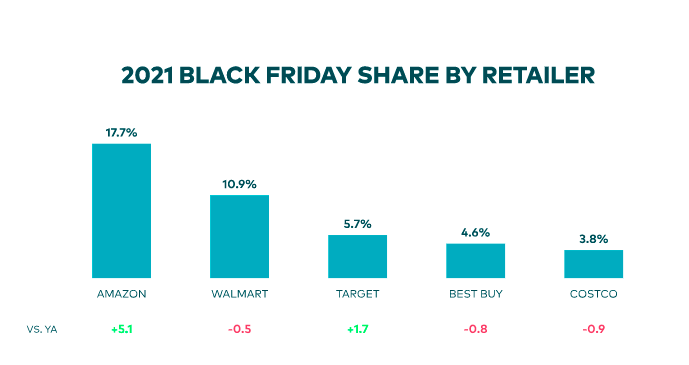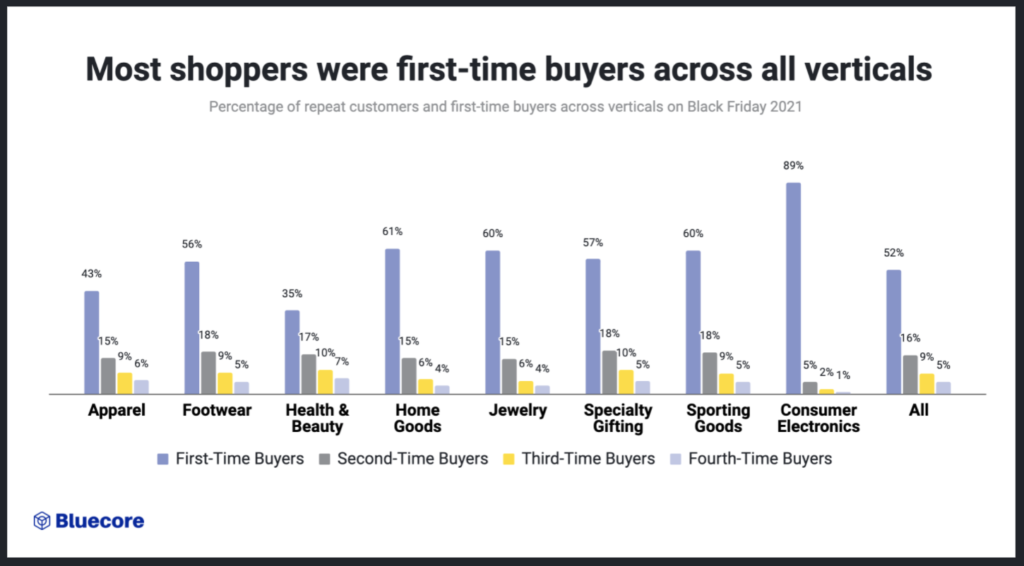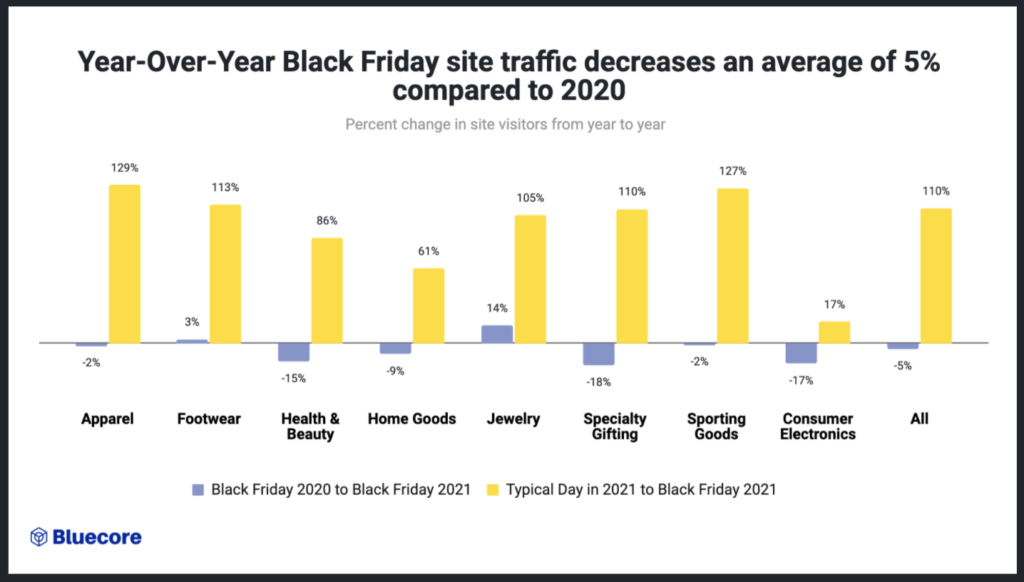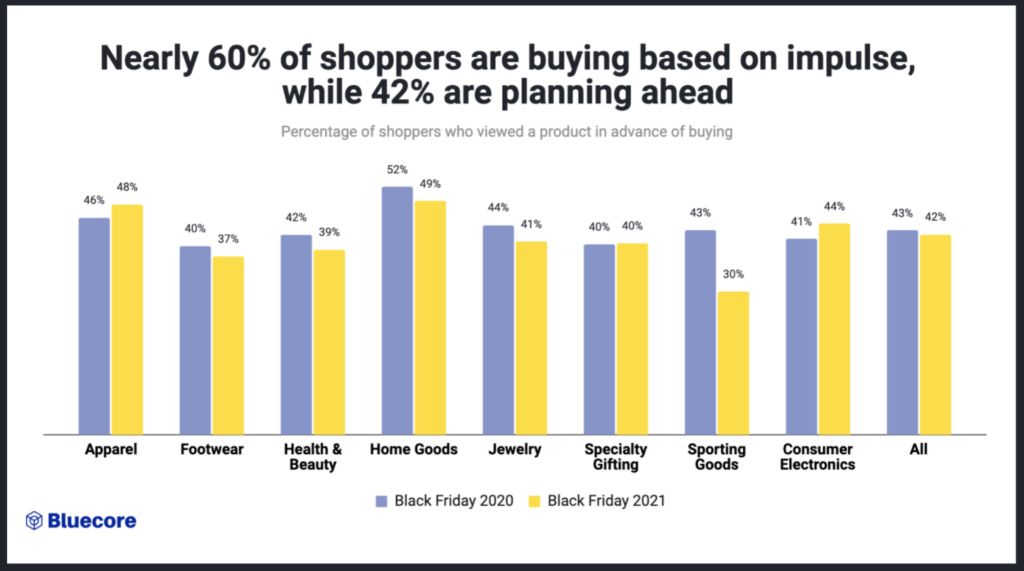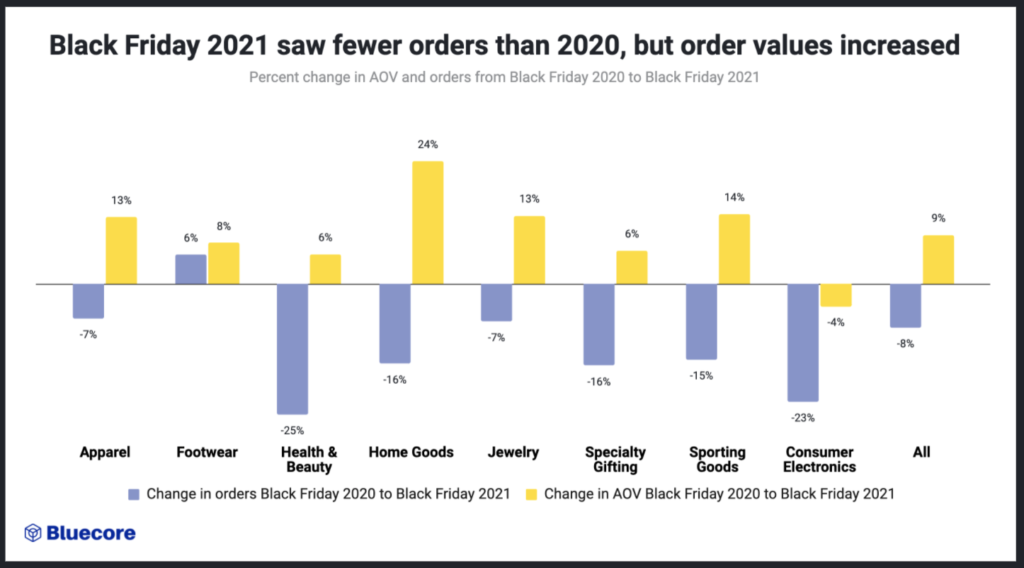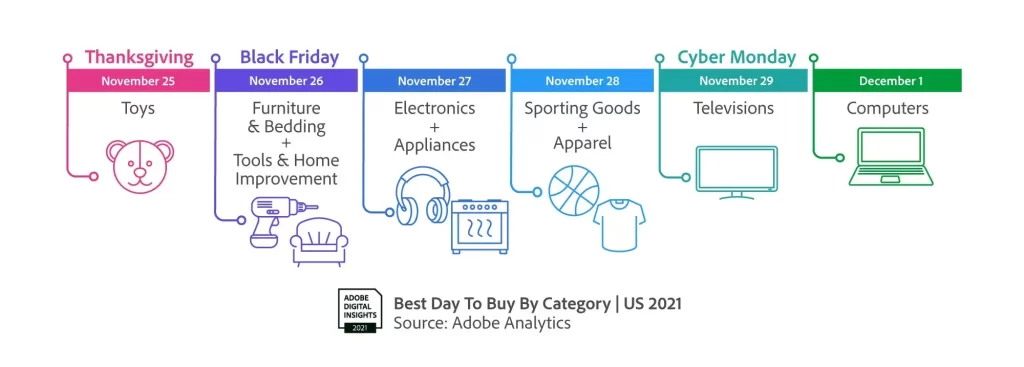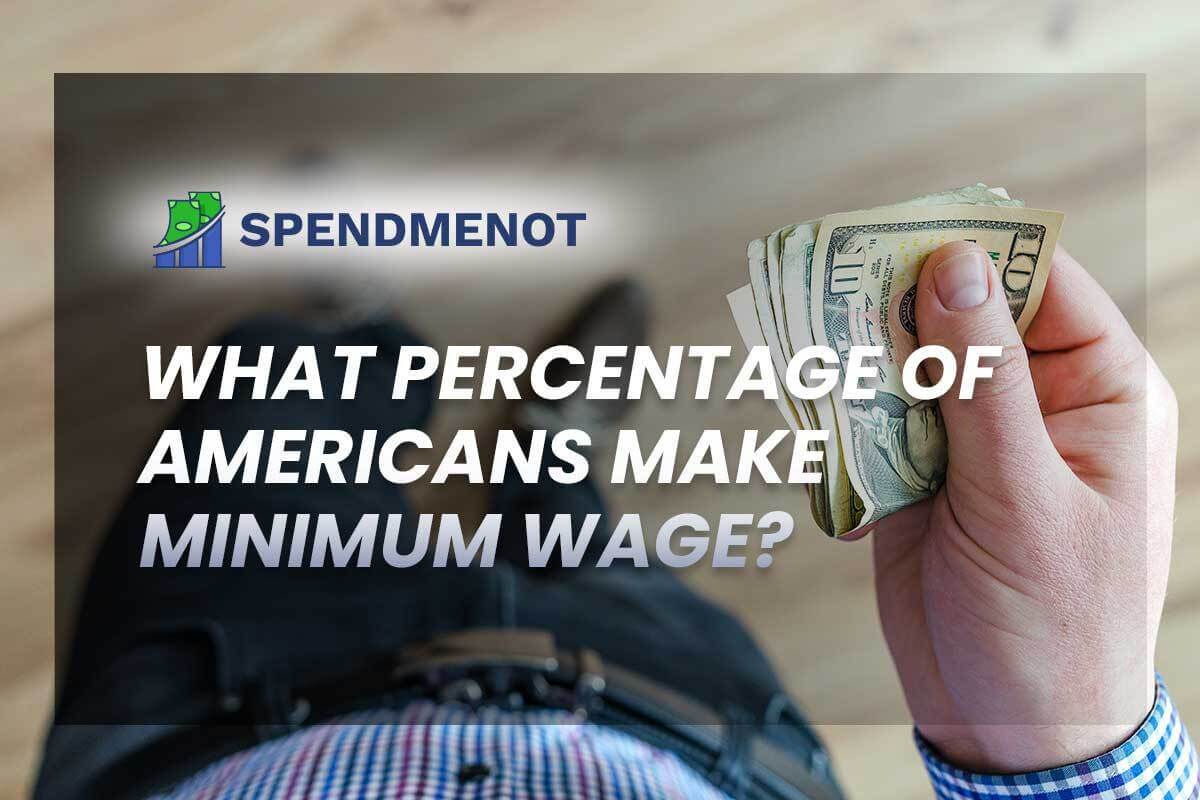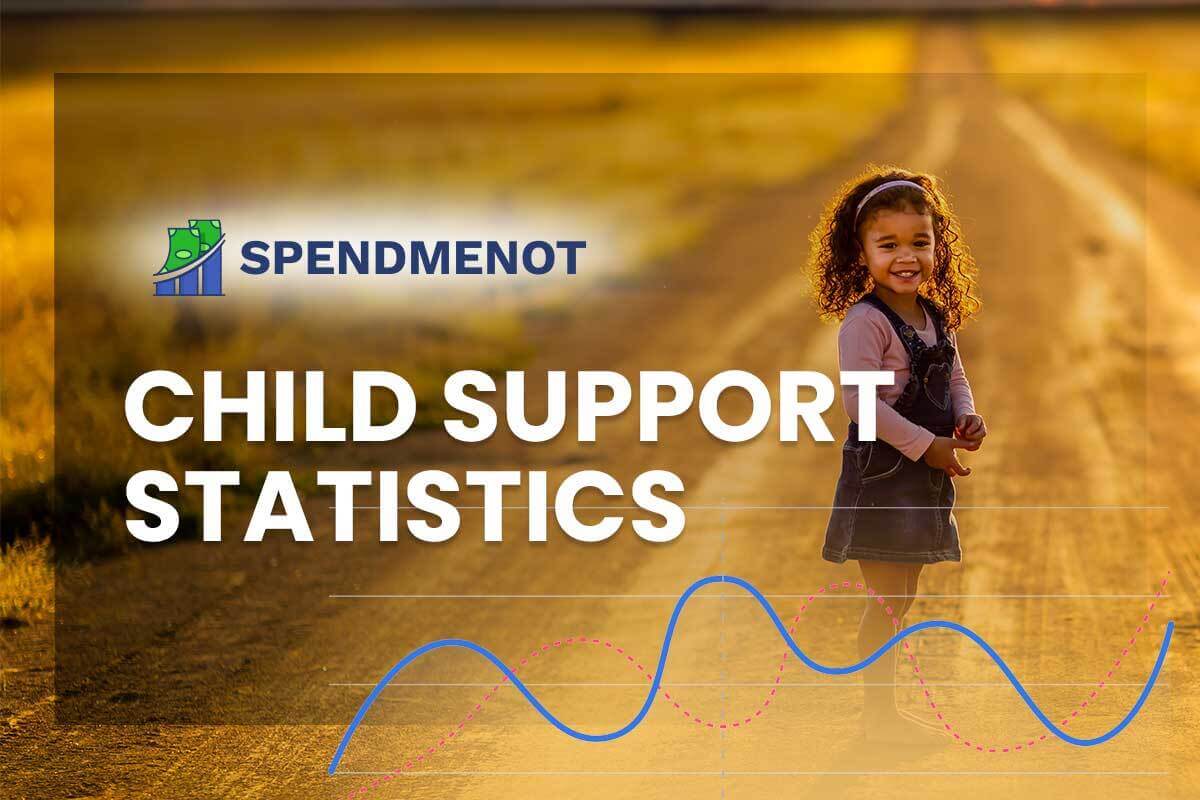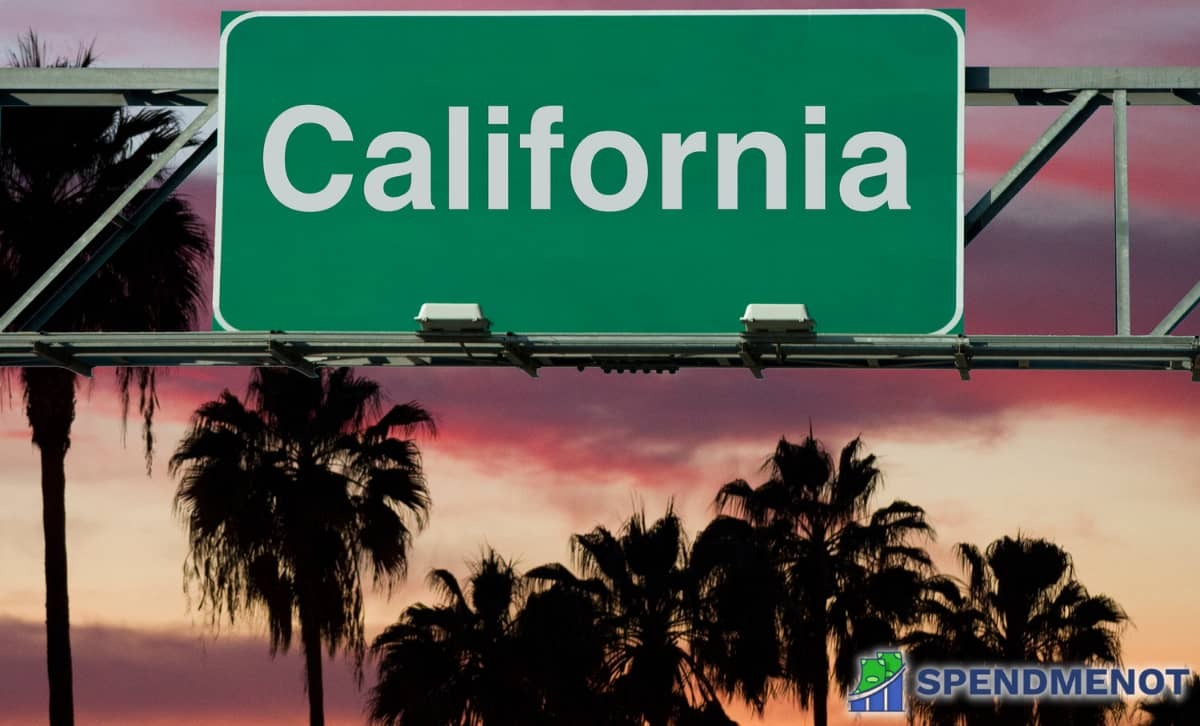25+ Black Friday Sales Statistics to Know in 2023
Last Updated: March 10, 2023
It’s crucial for the economy.
Black Friday is one of the busiest shopping days of the year.
We here at SpendMeNot gathered the latest Black Friday sales statistics.
Let’s see HOW much of a big deal this holiday actually is.
AMAZING Black Friday Statistics (Editor’s Choice):
- Black Friday 2021 saw 88 million Americans shopping online.
- In-store traffic increased by nearly 19% year over year.
- Black Friday online shopping sales hit $8.9 billion.
- Average savings on Black Friday specials were 24%.
- Average order values increased by 9% in 2021.
- Nearly 43% of Black Friday sales happened through mobile phones.
- Millennials were the biggest spenders.
- About 29% of women intended to shop during Black Friday 2021.
- Amazon accounted for 17.7% of all Black Friday sales.
- The average adult spent $430 during the shopping event.
The doors of malls and stores finally open. They are flooded with shoppers. The insanity and chaos are overwhelming.
Sounds familiar?
Let’s dive in:
Black Friday Sales Statistics
Let’s start with some of the most compelling Black Friday sales trends and figures!
1. Nearly 155 million Americans shopped during Black Friday 2021.
(Source: NRF)
During 2021’s holiday season, retail sales grew 14.1% over 2020 to $886.7 billion. This was a new record reached despite the ongoing COVID-19 pandemic and challenges from inflation and supply chain disruptions. Nearly 180 million Americans shopped during the busiest five-day holiday period from Thanksgiving Day through Cyber Monday.
Although retailers started to throw discounts as early as October, Black Friday remained the most popular shopping event, with a total of 154.5 million people making purchases at stores or online. This exceeded the NRF estimate of 108 million.
2. In 2021, 88 million buyers made a purchase online on Black Friday.
(Source: NRF)
Online shopping established a stronghold over in-store purchases during 2020. Although foot traffic bounced back in 2021, the digital shopping adoption accelerated further. Online holiday sales across November and December rose 5% year over year worldwide to $1.14 trillion and 9% in the US to $257 billion.
Black Friday alone saw 88 million buyers shopping online in 2021.
3. 66.5 million Americans shopped in-store during Black Friday 2021.
(Source: NRF)
In-store shopping regained some ground in 2021, with 66.5 million Americans browsing physical stores on Black Friday. This marked a reversal from the previous year when people limited their shopping to online deals to prevent overcrowding in stores.
According to a Sensormatic Solutions analysis of the six weeks spanning November 21, 2021, through January 1, 2022, foot traffic in the US increased 18.9% over the prior year. Yet, physical stores saw 19.5% fewer shoppers than in pre-pandemic 2019, still recovering from the 2020’s 33.1% plunge in holiday in-store shopping.
4. American consumers spent $8.9 billion online during Black Friday 2021.
(Source: Adobe Digital Insights)
How much money does Black Friday generate?
In 2021, Black Friday US online sales came in at $8.9 billion, down 1.3% from the $9 billion spent in 2020. Analysts say this was a result of lingering pandemic effects, including supply-chain disruptions, in addition to earlier online deals stealing some of the momentum.
Some ecommerce sellers did see a boost, however. Shopify’s merchants registered $2.9 billion in sales worldwide on Black Friday, increasing 21% from 2020.
5. Black Friday shoppers spend $430 on average.
(Source: Deloitte)
How much does the average American spend on Black Friday?
Black Friday spending statistics show the average bill was $430 in 2021. This was around 5% higher than the average of $410 spent in 2020.
The increase doesn’t necessarily mean that people bought more items. At least some of this season’s higher online sales came from inflated prices on everything from raw materials and fuel to end-products. In addition, discounts were more modest than in previous years.
6. Black Friday sales 2021 were 23% higher than on Cyber Monday.
(Source: Nosto)
For decades, Black Friday was the ultimate day for bargain shopping. But in the past few years,
Cyber Monday has come to replace it as the biggest annual shopping event in the US.
In 2021, we witnessed a trend shift, with Black Friday sales exceeding those on Cyber Monday by 23%. A year earlier, Cyber Monday sales were 11% higher.
7. Retailers offering a pickup option grew their revenue by 50% more than retailers who did not.
(Source: Salesforce)
People look for convenient and safe ways to shop nowadays. Thus, US stores offering curbside or in-store pickup grew their revenue by 50% more year-on-year over Black Friday than retailers not offering these pickup options.
8. Amazon accounted for 17.7% of Black Friday sales.
(Source: Numerator)
Amazon was the top Black Friday retailer for the second year in a row, capturing 17.7% of Black Friday dollars, growing its lead over Walmart, whose share declined slightly.
Target was also Black Friday retail winners in 2021, growing its shares in both its online and in-store divisions.
This authority is not just confined to Black Friday or holiday seasons. In fact, 46.7% of all product searches start on Amazon.
(Image source: Numerator)
Black Friday Online Sales Statistics
Remember the time when the Black Friday frenzy was all about huge crowds and long lines? Holiday shopping is no longer the same tradition. Online deals are taking over the brick-and-mortar craze. Let’s see the latest trends!
9. Over half of the online shoppers were first-time buyers.
(Source: Bluecore)
With all the discounts, the holiday season is a great time to try new brands. Thus, first-time buyers make up for a big portion of Black Friday shoppers. In 2021, 52% of buyers were first-time. While impressive, this was 8% down from 2020.
The highest percentage of first-time buyers (89%) were in the Consumer Electronics category. This vertical also saw the lowest percentage of returning customers.
The percentage of second-, third-, and fourth-time buyers was similar across all sectors, at around 15%, 9%, and 5%, respectively.
(Image source: Bluecore)
10. Over 40% of Consumer Electronics were out-of-stock.
(Source: Bluecore)
According to data from Adobe Analytics, November 2021 out-of-stock messages were up 227% compared to January 2020 and 261% compared to November 2019.
As of Black Friday, specifically, Consumer Electronics had the highest percentage of out-of-stock products – 41%. This was 33% more than the second-most affected vertical, Home Goods, which had 8% of items out-of-stock.
The huge spike in out-of-stock products in Consumer Electronics was likely due to the shortage of raw materials and microchips. Also, most technology products are produced in Asia, which is still experiencing pandemic-related issues impacting labor.
Footwear and Speciality Gifting were the least affected categories, with just 1% of items out-of-stock. All other verticals experienced relatively similar out-of-stock thresholds.
11. Black Friday 2021 site traffic decreased by 5% YoY.
(Source: Bluecore)
In 2021, Black Friday site traffic was 110% higher than on a typical day, yet 5% down compared to the 2020’s event.
There was a slight decline in online site traffic across most verticals compared to last year, with the exception of Footwear and Jewelry. The latter saw a 14% increase year-over-year, boosted by a looming wedding boom in 2022.
The highest increase in site traffic compared to a typical day was in Apparel – 129%.
(Image source: Bluecore)
12. Almost 60% of Black Friday 2021 purchases were impulse buys.
(Source: Bluecore)
Black Friday ecommerce stats show some 58% of the purchases on Black Friday 2021 were impulse buys. The remaining 42% were planned.
Home Goods and Apparel were the two categories with the largest shares of planned buys – 49% and 48%, respectively.
Most verticals recorded just a minor change from 2020.
(Image source: Bluecore)
13. Shoppers viewed 5.28 products, on average.
(Source: Bluecore)
When shopping for Apparel, people tend to browse the most, viewing 8.54 products, 17.97 times, on average.
Buyers had a specific product in mind when shopping in the Health & Beauty, Sporting Goods, and Consumer Electronics categories, viewing the lowest number of products.
14. Average order values increased by 9% in 2021.
(Source: Bluecore)
Online Black Friday orders dropped by 8% in 2021. However, order values were 9% higher.
As mentioned above, the inflation is a factor to consider when speaking of consumers’ spending. But when it comes to online sales, we can contribute part of the increase to retailers’ marketing strategies. Many brands have successfully implemented on-site recommendations, abandoned cart emails, bundle deals, and exit intent pop-ups.
Footwear increased by 6% in the number of orders and 8% in average order value. Meanwhile, affected by the aforementioned shortage, Technology saw a 23% decrease in orders and 4% in average order values.
(Image source: Bluecore)
Black Friday Sales on Mobile vs Laptop vs Desktop
Mobile phones have become central to our everyday lives. Do Black Friday shoppers favor the convenience of mobile shopping?
15. Almost 43% of Black Friday sales happened through mobile phones.
(Source: Adobe Digital Insights)
Marking a new record for the day, 42.4% of Black Friday sales were made from smartphones. This was a 2% increase over 2020.
The trend has been accelerating over the years. We may soon see e commerce revenue generated through smartphones outweighing desktop-based purchasing through computers or laptops.
16. Over 70% of purchases made on Shopify were through mobile phones.
(Source: Shopify)
For some retailers, the anticipated shift toward mobile shopping has already happened. Around 71% of the purchases made on Shopify during Black Friday 2021 were made through smartphones. Desktop-placed orders were just 29% of the total.
In 2020, mobile shopping accounted for 67% of Shopify sales, so we witness a steeper than the general increase.
Black Friday Shopper Demographics
What’s the Black Friday shopper profile? Which generation spends the most during the event? Let’s find out!
17. Millennials were the biggest online spenders on Black Friday 2021.
(Source: Statista)
Reaching their prime earning years, millennials have become the economy’s driving force. Their generation is also leading on the digital front, making 44.4% of their Black Friday 2021 shopping online.
Just like baby boomers, generation Z still favors the brick-and-mortar experience, making almost 72% of their purchases at physical stores.
18. People aged 35-44 were most likely to partake in Black Friday
(Source: Finder)
The 35-44 age group showed the highest intent to partake in 2021’s Black Friday. Around 34% of the people in this bracket said they would shop the sales. Meanwhile, just 24% of those aged 25 to 34 and 65+ planned to make purchases during the event.
19. Younger consumers were more likely to shop in-store.
(Source: Numerator)
It’s easy to assume that the older generations are more likely to shop in-store than online because they aren’t digital natives. But surprisingly, Millennials and Generation Z are keen to do their shopping in person, especially at Walmart.
Younger generations (Gen Z and Millennials) also had higher shares at Target than older generations (Gen X & Boomers).
20. About 29% of women intended to shop during Black Friday 2021.
(Source: Finder)
Although women still rule when it comes to shopping on Black Friday, men are slowly closing the gap. Recent male vs female data show 29% of women planned to make a purchase compared to 27% of men.
Women were always better when it comes to nailing shopping deals.
Black Friday Shopping Stats
Black Friday is all about discounts. Isn’t it?
21. Average savings on Black Friday specials was 24%.
(Source: Adobe Digital Insights)
One in five adults (19%) say it would take a discount of 50% to get them interested in going shopping. This is double the average Black Friday discount of 24% recorded globally.
Some 2021 promotions were on par with 2020. But generally, bargain deals were not as attractive as in previous years.
- Computer prices were down by 13.6% on Black Friday 2021, compared to 29% the previous year.
- Toy prices were slashed by 22.4%, compared to 17% in 2020.
- Electronics were discounted by about 11.8%, compared to 26% on Black Friday 2020
- Appliance prices dropped 8.6% on Black Friday 2021, compared to 20% on the previous event.
- Sporting good prices were 8.4% down, compared to 18% discounts on Black Friday 2020.
22. Less than 50% of retailers offered sitewide Black Friday discounts in 2021.
(Source: Forrester)
The types of discounts that businesses offer also changed during Black Friday 2021.
According to Forrester, fewer than half of retailers offered storewide discounts. Most of the offers were limited to a specific category or product.
23. 17% of brands offered fewer discounts in 2021.
(Source: Sitecore)
To protect their margins during the global supply shortage, 17% of brands offered fewer discounts in 2021.
Prior to the event, only 60% of brands planned a Black Friday promotion, down 17% from last year. What’s more, 85% of marketers said they were using the pandemic to “reset” Black Friday sales practices.
Wonder why?
Some 80% of retailers feel that Black Friday has become outdated and associated negatively with consumer culture. And around 76% will limit Black Friday promotions to the lone weekend on the calendar, out of fear of devaluing their brand and reducing consumer spending throughout the rest of the year.
24. Black Friday was the best day for furniture/bedding and tools/home improvement purchases.
(Source: Adobe Digital Insights)
In 2021, Black Friday was the best day to buy furniture/bedding and tools/home improvement items. Meanwhile, certain categories like electronics, for instance, had the deepest discounts before Cyber Monday.
The best days to shop also included:
- Thanksgiving for toys
- Saturday for electronics and appliances
- Sunday for apparel and sporting goods
- Cyber Monday for televisions
- Wednesday for computers
(Image Source: Adobe)
Top Selling Products on Black Friday
Black Friday sales trends change every year. Product demands depend on many factors, including consumer behavior and retailers’ discount strategies. Which were the top-selling items in 2021?
25. Wedges, Mules, and Flats were the most-in-demand apparel categories.
(Source: Bluecore)
Demand for Wedges surged by 12,259% in 2021. Mules followed suit with a 701% rise, while Flats increased by 302% from 2020.
Isn’t it unusual for these warm-weather shoe styles to sell so well in November? Well, not if you consider the steep discounts and all the winter vacations planned after the lift of the COVID-19 travel restrictions.
Pocket Squares and Traditional and Ceremonial clothing were also much more popular in 2021 compared to 2020. As mentioned above, we expect a wedding boom in 2022, with many couples having their big days rescheduled due to health concerns and pandemic-related restrictions.
26. Nintendo Switch, Bаrbie, and Oculus VR were the most popular products bought during Black Friday 2021.
(Source: Adobe Digital Insights)
Toys and video games sales spiked on Black Friday 2021. Top products included Pop Fidget toys, Got2Glow Fairy Finder, and Bluey toys. Electronics like Samsung and TCL televisions and PlayStation 5 also trended during the shopping event.
Those were the favorite buys on Black Friday:
- Nintendo Switch
- Barbie
- Oculus VR
27. Amazon’s top deals were for Consumer Electronics.
(Source: Amazon)
According to a recent study from independent analyst firm Profitero, Amazon had the lowest prices by an average of 14% compared to all major retailers across every category coming into the holidays. The most attractive Amazon Black Friday sales included:
- The LG Gaming Monitor, 27-inch – 17% off
- JBL LIVE 300 Wireless Headphones – 47% off
- Citizen Eco Drive Men’s watch – 37% off
- T-Fal deep fryer – 20% off
- Braun Electric Razor for Men, Series 7 – 38% off
- Crest 3D Whitestrips, 22 treatments – 53% off
28. TVs were the most popular Black Friday items at Walmart.
(Source: Blackfriday.com)
In 2021, some of the best Walmart Black Friday sales included TVs from brands like Samsung and Philips, toys from Disney’s “Frozen,” and “Ryan’s World,” and Apple Airpods.
Other types of tech like tablets, computers, and phones also make up some of the best Walmart Black Friday deals. Small appliances and home goods, including holiday decorations, were also sought-after items during the shopping event.
Bottom Line
We all love deals. Especially when it comes to electronics, stats show.
Most of us prefer online shopping nowadays. I mean, who wouldn’t want to do all their shopping while in their PJs, sipping coffee?
Our shopping habits might’ve changed, but the Black Friday craze is going nowhere.
If you’re a retailer, those Black Friday sales statistics could help you a lot. If you’re just a mere shopper, you now know when the best deals are.
We were glad to be of service! Have fun shopping!
FAQ
In 2021, the average Black Friday spending came in at $430. This was around 5% higher than the average of $410 spent in 2020. The increase could be partly attributed to inflation and fewer discounts during the holiday season.
The 2022 Black Friday falls on November 25, and Cyber Monday will follow on November 28. But the sales will likely kick off around two weeks before the actual event, which is November 11.
Experts expect big savings on the latest smartphones, the PlayStation 5 and Xbox Series X. Also, there’s some potential for some attractive offers across Apple’s catalog, including the iPhones 13 and the latest MacBooks. But take these predictions with a grain of salt as the focus of Black Friday tends to vary wildly from year to year.
Black Friday sales can become violent and result in injury and even deaths due to thousands of over-excited customers. However, deaths on Black Friday have also occurred due to stabbings, shootings, fistfights, and drowsy driving.
Hundreds of incidents have occurred inside Walmart due to huge crowds. The most horrific death incident happened in 2008 when a Walmart employee in New York was crushed by over 2,000 shoppers stampeding in the store.
According to BlackFridayDeathCount, throughout the history of the event, there have been 17 deaths and 125 injuries. Three of the victims were added to the list in 2021, although authorities haven’t confirmed their deaths have been related to the shopping event.

